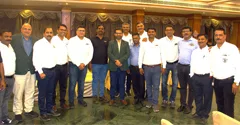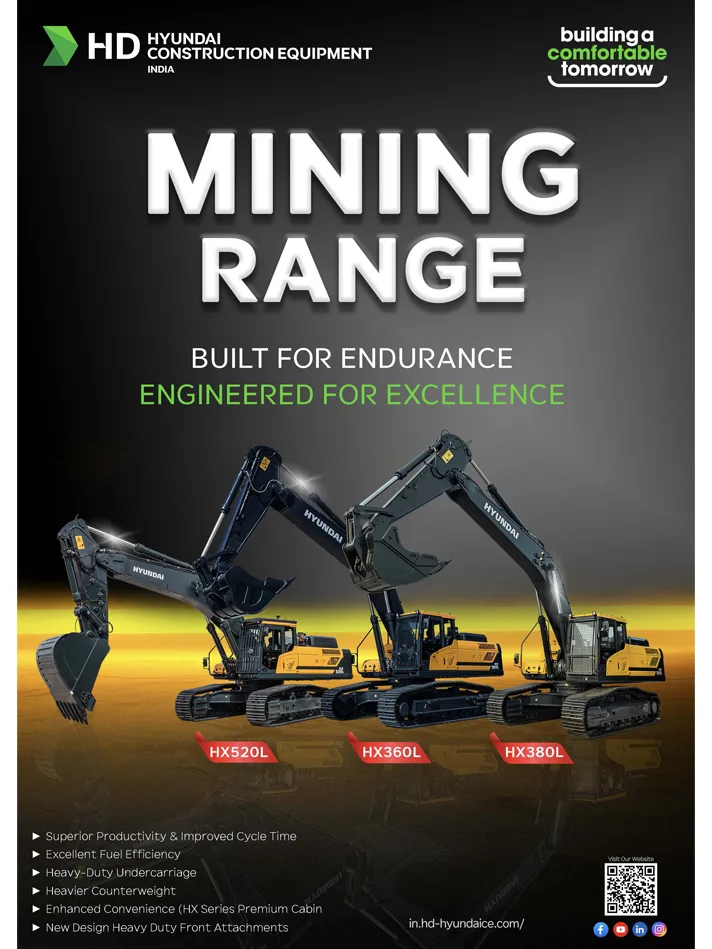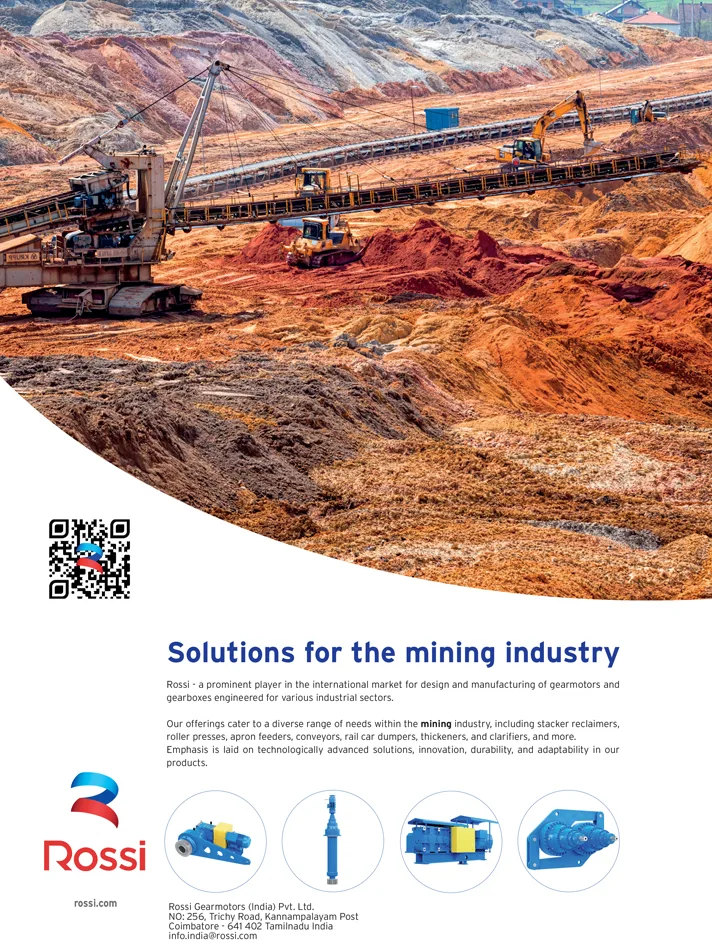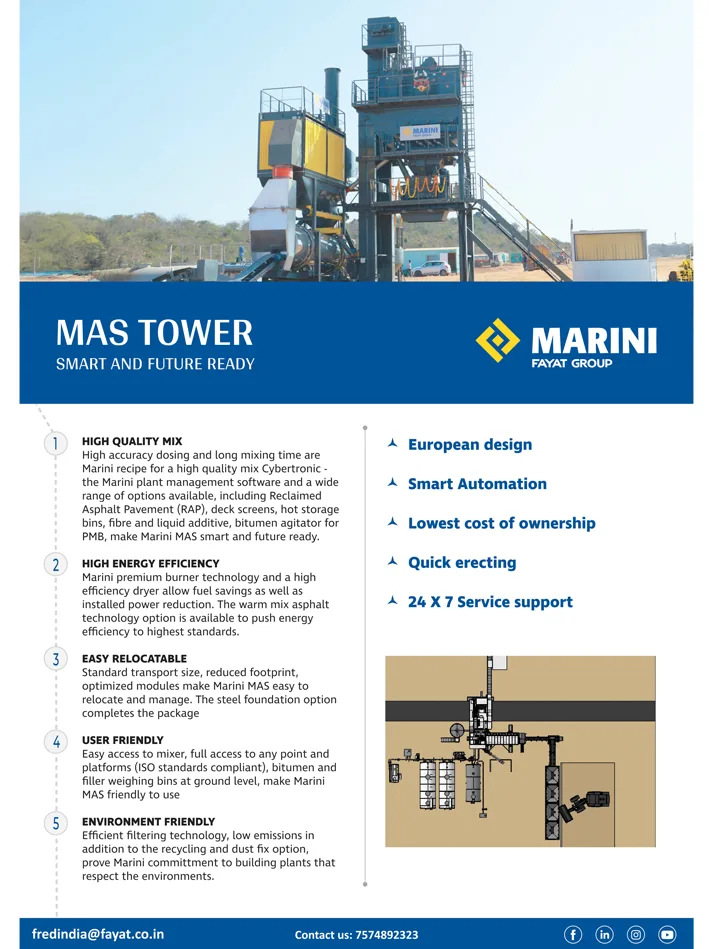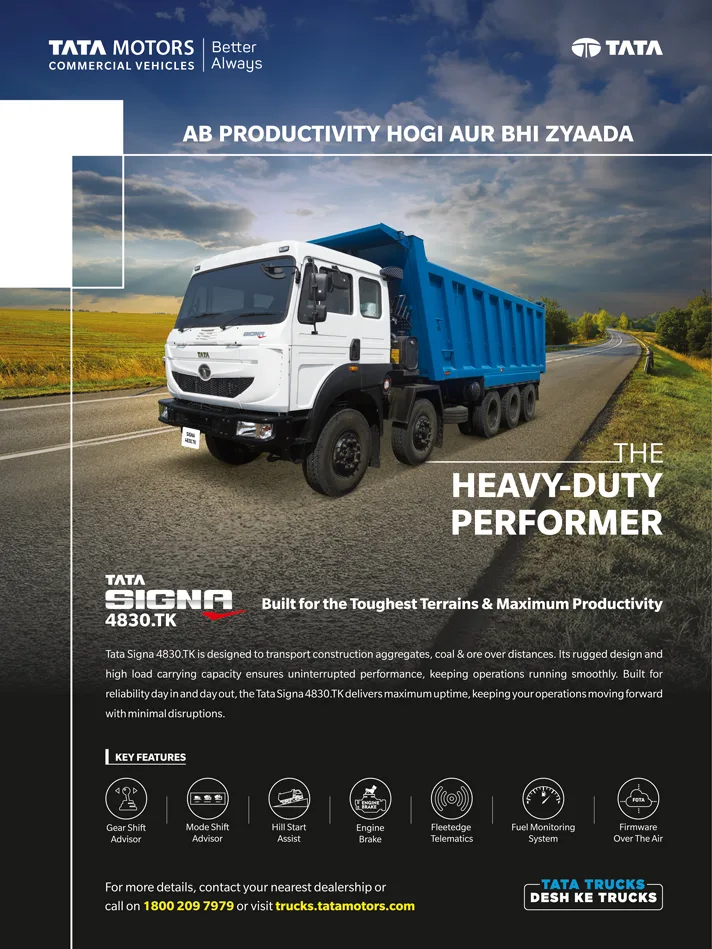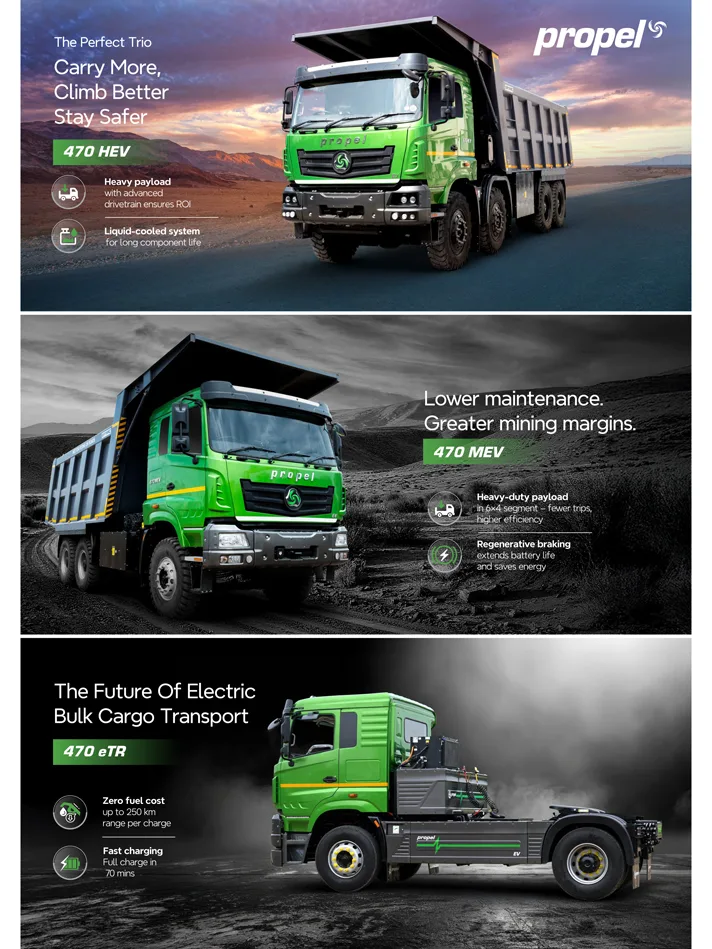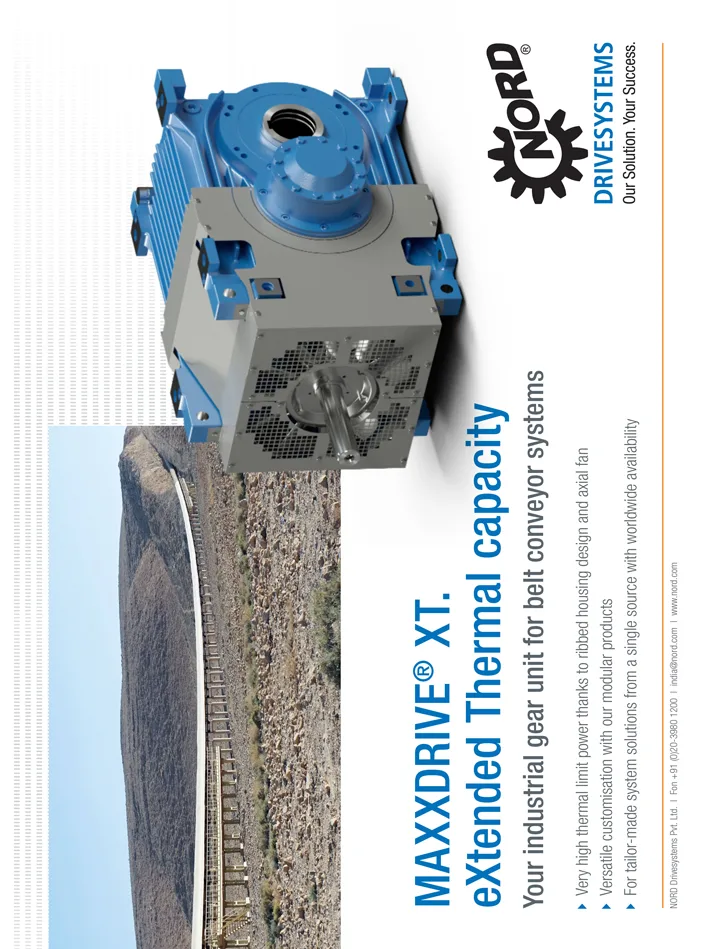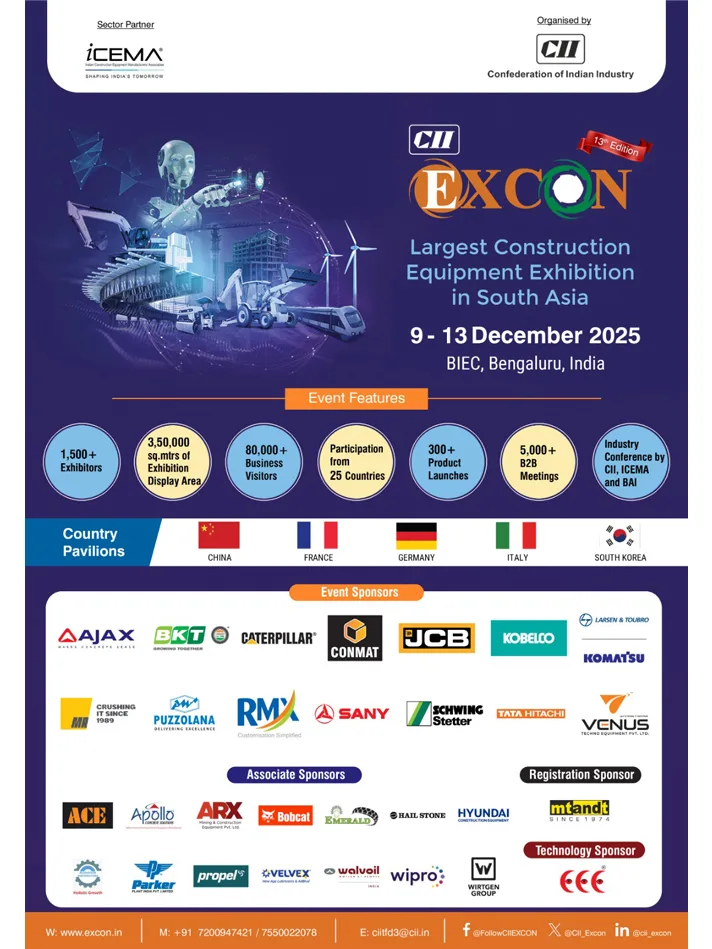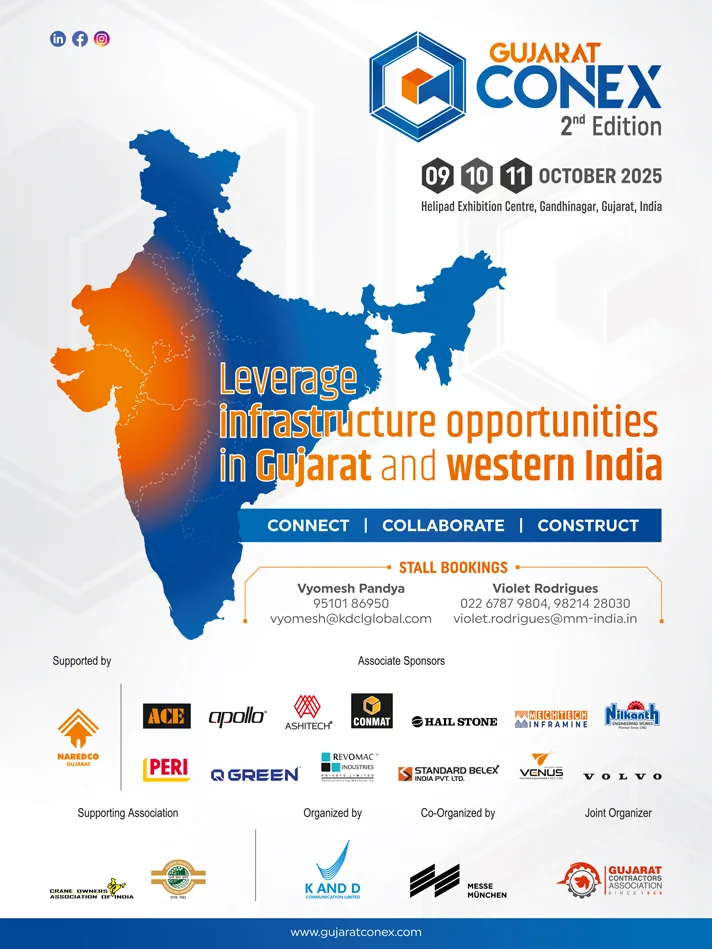Tata Motors Strengthens its Leadership in Four-wheel E-Cargo Solutions
Expands Magenta Mobility’s Fleet to 350 Ace EVs; Delivers Additional 20 units
Tata Motors, India’s largest commercial vehicle manufacturer, today strengthened Magenta Mobility’s Ace EV fleet to 350 vehicles with the delivery of additional 20 units. This delivery is part of the MoU signed in 2023 between Tata Motors and Magenta Mobility to deploy 500 units of Ace EVs. Deployed in 10 cities, Tata Ace EVs operated by Magenta Mobility have already clocked approximately 50 lakh cumulative kilometres, resulting in an estimated 2,500 tonnes of CO2 emissions saved. The country’s most advanced, zero-emission commercial vehicle is actively deployed across segments like e-commerce, parcel & courier, FMCG, FMCD and dairy.
Commenting on the announcement, Maxson Lewis, Founder & CEO, Magenta Mobility, said “The Tata Ace EV has consistently delivered operational excellence, high uptime, robust range, and driver-friendly performance. With 350 vehicles already integrated into our fleet and 150 more on the way, we are strengthening our green logistics footprint across India. Tata Motors’ reliable service ecosystem and proven technology make them a key partner in our journey to scale up across 16 cities and decarbonize mobility.”
Pinaki Haldar, Vice President & Business Head – SCVPU, Tata Motors Commercial Vehicles, added, “We are proud to lead India’s e-cargo transformation by delivering innovative, practical and sustainable mobility solutions. The continued trust shown by Magenta Mobility in the Ace EV is a testament to the vehicle’s performance, reliability and the strength of our growing partnership. We are not just deploying electric vehicles, we are building the foundation for a cleaner, smarter logistics ecosystem across urban India. Each Ace EV delivered is a step forward in democratising zero-emission cargo transport and accelerating the nation’s green mobility movement.”
Underpinned by a robust platform and equipped with rugged aggregates, Tata Ace EV offers a certified range of 161km and has a high payload capacity of 1000kg. The electric small commercial vehicle is powered by Tata Motors’ Fleet Edge connected vehicle platform that provides real-time insights into vehicle and driver performance. Regenerative braking and an advanced battery cooling system ensure consistent, uninterrupted operations. Backed by a growing network of over 200 specialised EV service centers, the Ace EV provides unmatched assurance to fleet owners. With more than 8,000 units sold and over 6 crore kilometres already clocked across India, the Ace EV is leading India’s e-mobility landscape.
Metso awarded a multi-stage grinding equipment order by a large steel company in India
Metso has been awarded an order to deliver key grinding equipment for a greenfield iron ore processing plant in the State of Odisha in India.
The order value, which is not disclosed, is booked in the minerals segment’s 1Q25 orders received. Metso has previously announced an order for concentrate filters for the same project.
The order, which will be one of Metso’s largest grinding equipment deliveries in India, consists of several ball mills and Vertimill® grinding mills with a total installed power of over 35 MW, MD slurry pumps and MHCTM hydrocylones, as well as installation and commissioning advisory services and spare parts. Metso Vertimill technology, MD slurry pumps, and MHCTM hydrocylones are part of the Metso Plus portfolio, offering savings, for example, in power consumption.
Vijay Dhar, Vice President, Minerals Sales, Middle East and India at Metso, said “We have a long history of supporting this customer with key technologies for their strategic projects. We are pleased to again partner in this project, where proven technology and sustainable energy efficiency are required for processing iron ore at such a large plant.”
TIL Limited Marks Manufacturing Excellence with 400th Hyster-TIL ReachStacker, Reinforcing India’s Global Manufacturing Capabilities
TIL Limited (NSE: TIL), India’s leading material handling and infrastructure equipment manufacturer, announces the rollout of its 400th Hyster-TIL ReachStacker from its state-of-the-art Kharagpur facility. This milestone, achieved over 14 years since the first ReachStacker production in 2010, further reiterates TIL’s manufacturing excellence and its significant contribution to India’s material handling equipment sector.
The company’s production volumes have grown substantially from just 3 units in the first year to over 50 units annually during 2016-19, demonstrating strong market acceptance and manufacturing capabilities. With a target of producing more than 50 Reach Stackers in the next fiscal year, TIL Limited continues to enhance its manufacturing capabilities. The latest model features ergonomic cabins with intelligent monitoring systems providing real-time performance data, positioning the company at the forefront of industry innovation. This focus on technological advancement, coupled with stringent quality control measures including GPS-enabled braking efficiency verification and comprehensive load testing protocols, reinforces TIL’s commitment to maintaining global standards in Indian manufacturing.
Speaking about this achievement, Alok Kumar Tripathi, President, TIL Limited, said, “Our Kharagpur facility, equipped with advanced CNC technology and India’s only ReachStacker testing track, exemplifies our commitment to world-class manufacturing. As India positions itself as a global manufacturing destination, this achievement paves the way for expanded opportunities in new markets and geographies. The growing trust in Indian-made equipment, evidenced by past sales to Hyster-Yale for its customers’ requirements in export markets like SE Asia, Australia, and other global regions, validates our focus on quality and innovation.”
Further, Pinaki Niyogy, Chief Operating Officer & Chief Technology Officer, TIL Limited, added, “The technological sophistication of our 400th ReachStacker represents our commitment to continuous innovation. The Hyster-TIL RS46-33 ReachStacker, with its lifting capacity of 46 tons, showcases our expertise in port handling solutions. The newly designed ergonomic cabin offers all-around visibility while our integrated IoT ecosystem enables real-time performance monitoring. The innovative ECO-modeoperations deliver up to significant fuel savings, addressing the growing demand for sustainable solutions from port operators and logistics companies worldwide while maintaining our position at the forefront of technological advancement. Our machines are much more stable than some of the other machines present in the marketplace.”
Rajesh Wazarkar, VP, Managing Director, India Operations, Hyster Yale Materials Handling, Inc., further added, “Our 14-year collaboration with TIL exemplifies the power of strategic partnerships in driving manufacturing excellence. TIL’s ability to integrate cutting-edge technologies while maintaining the highest quality standards has consistently impressed customers focused on quality and reliability. We remain committed to this partnership that has successfully delivered world-class equipment to customers across continents and established India as a critical hub in our global manufacturing network. We are confident that in the coming years, Hyster & TIL will work together to bring more advanced features on ReachStacker and other innovative solutions in the forklift trucks category in India.”
TIL’s Hyster-TIL ReachStackers have established a strong international presence, with over 40 units exported across diverse markets including Australia, New Zealand, Southeast Asia, and other global regions.
India’s mining, construction equipment sector likely to reach USD 45 billion by 2030: Report
India’s mining and construction equipment sector is expected to reach $45 billion in another five years, according to a report. “Currently valued at $16 billion, the sector is projected to grow at a 19 per cent CAGR, unlocking a $45 billion opportunity by 2030,” according to CII-Kearney Report. Confederation of Indian Industry (CII), in collaboration with Kearney, has come out with a Vision Report for Making India a Global Manufacturing Hub in the Mining and Construction Equipment Sector. The report presents a bold Vision 2030 to position India as a global leader in mining and construction equipment (MCE) sector and outlines an action plan.
India is now the fastest-growing MCE market among the top six global economies, surpassing even the US, Germany and Japan.
According to the report, the mining and construction sector, a key enabler of infrastructure, energy, and industrial growth, commands a $18 trillion global market and contributes 16 per cent to global GDP. In India, this sector is central to national development — contributing 22 per cent to GDP, ranking second only to China, and supporting over 70 million jobs. India is the fastest-growing market among the top six global MCE markets, with a CAGR of 12 per cent over the past five years. India’s rapid growth is positioning it as a key player in the global MCE landscape. The expansion of the MCE sector is projected to contribute over $100 billion to India’s economy by FY30, adding 20 million jobs directly or indirectly. This impact is driven by the growth of upstream and downstream industries, job creation and a boost to tax revenues. To realise the full potential of Vision 2030, the report recommended structural and policy initiatives, institutionalising governance via a single nodal agency, Production Linked Incentive (PLI) scheme tailored for MCE, accelerating MCE exports through FTAs, establishing mutual recognition arrangements for Indian certification standards, promoting technology adoption and automation, rationalising tax and import duties among others.
Construction equipment sales, key marker of India’s infra sector health, run out of steam; FY25 growth at lowest ever
India’s construction equipment industry witnessed a significant slowdown in FY25, with growth dropping to 3% compared to the double-digit growth of previous years, due to election-related restrictions on new projects, delays in ongoing projects, and payment delays to contractors, impacting sales of heavy machinery from major companies and raising concerns about the pace of infrastructure development despite optimism for future growth. The Rs.86,000 crore construction equipment industry, crucial for large infrastructure projects, saw a considerable deceleration after growing by 24% in FY24 and 21% the year before, the report (by Pankaj Doval) said citing data from the Indian Construction Equipment Manufacturers Association (ICEMA).
The slowdown is attributed to several factors. Restrictions on the announcement of new projects due to the model code of conduct before elections led to delays by the central government and some states. ICEMA president V Vivekanand, who is also MD of the Indian subsidiary of Caterpillar, noted the impact of the election cycle. “Restrictions on new project announcements due to the model code of conduct before elections saw the central govt, as well as some states (which also went to polls), delay new project announcements. The pace of execution is a cause of concern. The pace of construction of roads has slowed down, not just the national highways but even the rural roads. Sometimes the projects were not delivered on time, and in other cases, the projects were not awarded on time and thus got delayed. Even in mining, demand was muted for the past 15 months.”
Delays in payments to contractors also contributed to the slowdown. Deepak Shetty, CEO & MD of Indian operations of British manufacturer JCB, pointed to this issue.
“Payments to contractors were believed to have been delayed in many states, which led to a slowdown in purchases of new equipment. Work on many state highways has also slowed down. In some cases, there is a lack of availability of funds for infrastructure projects.”
Sandeep Singh, MD of Tata Hitachi, emphasised the importance of resolving execution challenges. Singh told ToI that “resolution of challenges in execution” of projects is key to kickstart demand.
Dimitrov Krishnan, MD of Volvo CE India, suggested government support to stimulate demand. “Govt support, in the form of incentives for both manufacturers and end-users, could accelerate this transition. Inclusion of construction equipment in the PM e-drive scheme and reduction of GST on electric machines are potential enablers,”
Despite the recent slowdown, there is optimism for future growth. Jaideep Shekhar, the India MD of Terex, expressed a positive outlook.
Adani Group deploys India’s first hydrogen-powered truck for mining logistics
Adani Enterprises, the flagship company of the Adani Group, has flagged off India’s first hydrogen fuel cell truck to promote cleaner transportation. These hydrogen-powered trucks will gradually replace diesel vehicles used in the company’s logistics operations.
In collaboration with an Indian and international energy technology firm and a major auto manufacturer, Adani is developing hydrogen fuel cell battery-operated trucks for cargo transport. Each truck, equipped with smart technology and three hydrogen tanks, can carry up to 40t of cargo over a 200 km range.
On 10 May 2025, Chhattisgarh Chief Minister, Shri Vishnu Deo Sai, flagged off the first truck in Raipur. It will be used to transport coal from the Gare Pelma III Block to the state’s power plant.
Chhattisgarh Chief Minister, Vishnu Deo Sai, said “The launch of India’s first hydrogen-powered truck in Chhattisgarh reflects the state’s commitment to sustainability. Such initiatives will significantly reduce our carbon footprint and set a new standard for industry. Chhattisgarh is not only at the forefront in meeting the country’s electricity demands but also leads by example in adopting sustainable practices.”
The state-owned Chhattisgarh State Power Generation Company Ltd. has appointed Adani Enterprises as the mine developer and operator for the Gare Pelma III block through a competitive bidding process. Dr. Vinay Prakash, CEO – Natural Resources and Director Adani Enterprises, said “The initiative for hydrogen-powered trucks is a significant step towards Adani Group’s commitment to decarbonisation and responsible mining. We are creating model mines with minimal environmental impact by incorporating autonomous dozer push technologies, solar power, digital initiatives, and tree transplanters to relocate trees. We aim to ensure affordable and reliable electricity for all while pioneering new standards in sustainable mining practices.”
The project is a joint effort between Adani Natural Resources (ANR) and Adani New Industries Ltd. (ANIL), both part of Adani Enterprises. ANR will source hydrogen cells from ANIL, which is also involved in green hydrogen, wind turbines, solar modules, and battery manufacturing. Hydrogen, the most abundant element, produces no harmful emissions. Hydrogen fuel cell vehicles match diesel trucks in range and load capacity but emit only water vapor and warm air, with minimal noise. Since mining mainly uses diesel-powered machinery, switching to cleaner fuels will reduce emissions and noise. It will also help lower India’s crude oil imports and carbon footprint. Notably, Adani Natural Resources is the first in Asia to deploy Dozer Push Semi-Autonomous Technology, boosting both safety and sustainability.
VE Commercial Vehicles sells 7402 units in May 2025
VE Commercial Vehicles Ltd. (A Volvo Group and Eicher Motors joint venture) recorded sales of 7402 units in May 2025 as compared to 6901 units in May 2024, a growth of 7.3%. This includes 7258 units of Eicher brand and 144 units of Volvo brand.
The following are details for May 2025:
- Eicher branded trucks & buses have recorded sales of 7258 units in May 2025 as compared to 6719 units in May 2024 representing a growth of 8%.
- In the domestic CV market, Eicher branded trucks & buses have recorded sales of 6758 units in May 2025 as compared to 6304 units in May 2024, representing a growth of 7.2%.
- On the Exports front, VECV recorded sales of 501 units in May 2025 as compared to 415 units in May 2024, representing a growth of 20.7%
- Volvo Trucks and Volvo Buses recorded sales of 144 units in May 2025 as compared to 182 units in May 2024, representing a de-growth of 20.9%.


